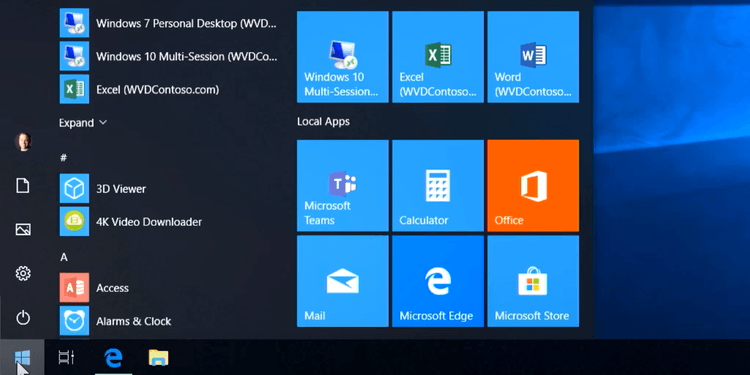In the era of online shopping, an unprofessional or poorly designed eCommerce website is one of the fastest ways of losing customers. If, like most people, you have ever encountered glitches or other problems while trying to buy something online, you probably bailed on the purchase. For this reason, your eCommerce store should have a meticulous front end framework. The ultimate objective is to ensure that your customers get the very best user experience they can.
User experience does not only revolve around a stunning-looking website. It also hinges on the unseen aspects of your eCommerce store—what happens in the background must also work perfectly. The front and back ends should work together like a well-oiled machine for the best results. As a result, customers will be able to navigate through your website smoothly.
Post Contents
Front End eCommerce Framework
The front end refers to what is technically known as the client-side. This is what the clients see when they visit your website. The important features of the front-end framework include;
- Dropdown menus
- Shopping carts
- Search bars
- Image Sliders
- Product details
- Colors
- Fonts
eCommerce front-end frameworks are all about functionality and visual appeal to users. The programming languages that web developers use to create an eCommerce Front end framework include;
- JavaScript
- CSS
- HTML
How to Choose a Front end eCommerce Platform
There are many factors to consider when choosing a front-end eCommerce platform. These include:
Framework Popularity
When choosing a Frontend Frameworks eCommerce site, you have to evaluate its popularity. Choosing a popular framework comes with a myriad of advantages. One of them is a supportive community. At some point, you are likely to encounter challenges with your chosen eCommerce platform but there will also be someone out there who knows how to solve the problem.
The more popular a frontend eCommerce framework is, the greater the support out there will be. Many other people will have faced a similar problem. You will only need to get online and look for the solution. The chances are that you will be surprised at how helpful and resourceful a support community can be. Their forums will discuss the problem in question as well as possible solutions in great depth.
Usability
Usability will be another factor worth considering. You don’t want a framework that is difficult to navigate. When analyzing its usability, you need to think about the skill set of your team because problems will arise along the way and you will require a member of your team to fix them.
Additionally, whichever frontend framework you choose should be fully compatible with its counterpart. If you want to know how user-friendly a front end eCommerce platform is, test it with some of your projects. It is the only way you will know for sure.
Relying on other users’ experiences may not 100% apply to your situation. For example, what another person uses comfortably could be complex for you.
Mobile Compatibility
Over 4 billion people in the world use smartphones today. Consequently, most people want to access various eCommerce sites using their mobile devices. They want to make purchases while on the go or from the comfort of their homes.
For this reason, you want to choose a Front end eCommerce platform that is compatible with mobile phones. Go for something that you can easily integrate with a mobile application. If you are not sure where to start, you can check out Virto Commerce.
Integration
Some Front end eCommerce platforms do not support as many integrations as others. Hence, they are going to limit your eCommerce store. For example, you may not be able to link them with as many payment platforms as you wish. For this reason, you will lock out some potential customers who want to buy from your store; particularly, if they prefer to use a particular payment gateway that your front-end framework does not support.
Support and Future Updates
Even the best Front end eCommerce platform isn’t perfect. You are going to experience some technical hitches once in a while. The problem is that this will interfere with your operations. An excellent framework should be coupled with quick and responsive support services.
In addition to that, technology changes pretty fast. The functions a particular framework offers today may no longer be enough in a few months. This could lead could make your business lag behind and your competitors may get ahead of you.
Invest in a Front end eCommerce solution that stays on top of new developments and trends. Such a provider will update the platform in good time and this will allow you to stay ahead of your competitors.
So, what are the best Front end eCommerce frameworks currently?
There is a wide array of Front end eCommerce platforms today. However, only a few of them meet all the factors we have listed above. These are;
- Angular
- Svelte
- Preact
- Ember
- Stimulus
- Alpine.js
- LitElement
- Vue.js
Remember, choosing from one of these randomly may not give you the results you want; so, analyze all of them carefully. Check the capabilities of each of them and decide which one suits your business best. Moreover, you will find that some work better with a particular type of online store than others. So, pick the best one for your online store and you can provide the best customer experience and profitability for your business.









